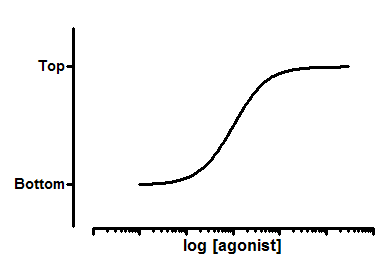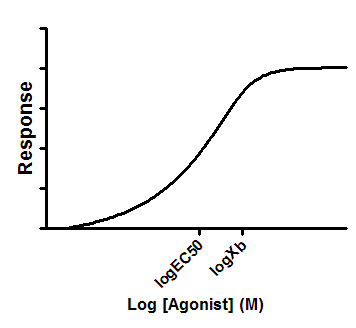

Prism does not extrapolate back to X=0, if your first X value is greater than zero.Prism will report the area under the tails it “sees”. If the signal starts (or ends) above the baseline, the first (or last) peak will be incomplete.Likewise, Prism will not identify a peak within a shoulder of another peak.

The program will not distinguish two adjacent peaks unless the signal descends all the way to the baseline between those two peaks. Prism will not separate overlapping peaks.There is no smoothing or curve fitting.In this case, go back to the Parameters dialog box and enter a larger value for the minimum width of a region and/or the minimum height of a peak. Prism may identify more regions than you are interested in. This is reported as the X and Y coordinates of the highest point in the region and the two X coordinates that represent the beginning and end of the region. Next, Prism identifies the peak of each region. It simply connects a straight line between every set of adjacent points defining the curve, and sums up the areas beneath these areas. The area is computed using the trapezoid rule. Prism also shows each region as a fraction of the total area under all regions combined. Prism can only do this, however, if the regions are clearly defined: the signal, or graphic representation of the effect or phenomenon, must go below the baseline between regions and the peaks cannot overlap.įor each region, Prism shows the area in units of the X axis times units of the Y axis. If your data come from chromatography or spectroscopy, Prism can break the data into separate regions and determine the highest point (peak) of each. Interpreting area-under-the-curve results Click Analyze and choose Area under the curve from the list of XY analyses. Start from a data or results table that represents a curve. Note that Prism also computes the area under a Receiver Operator Characteristic (ROC) curve as part of the separate ROC analysis. It is used as a cumulative measurement of drug effect in pharmacokinetics and as a means to compare peaks in chromatography. The area under the curve is an integrated measurement of a measurable effect or phenomenon.


 0 kommentar(er)
0 kommentar(er)
